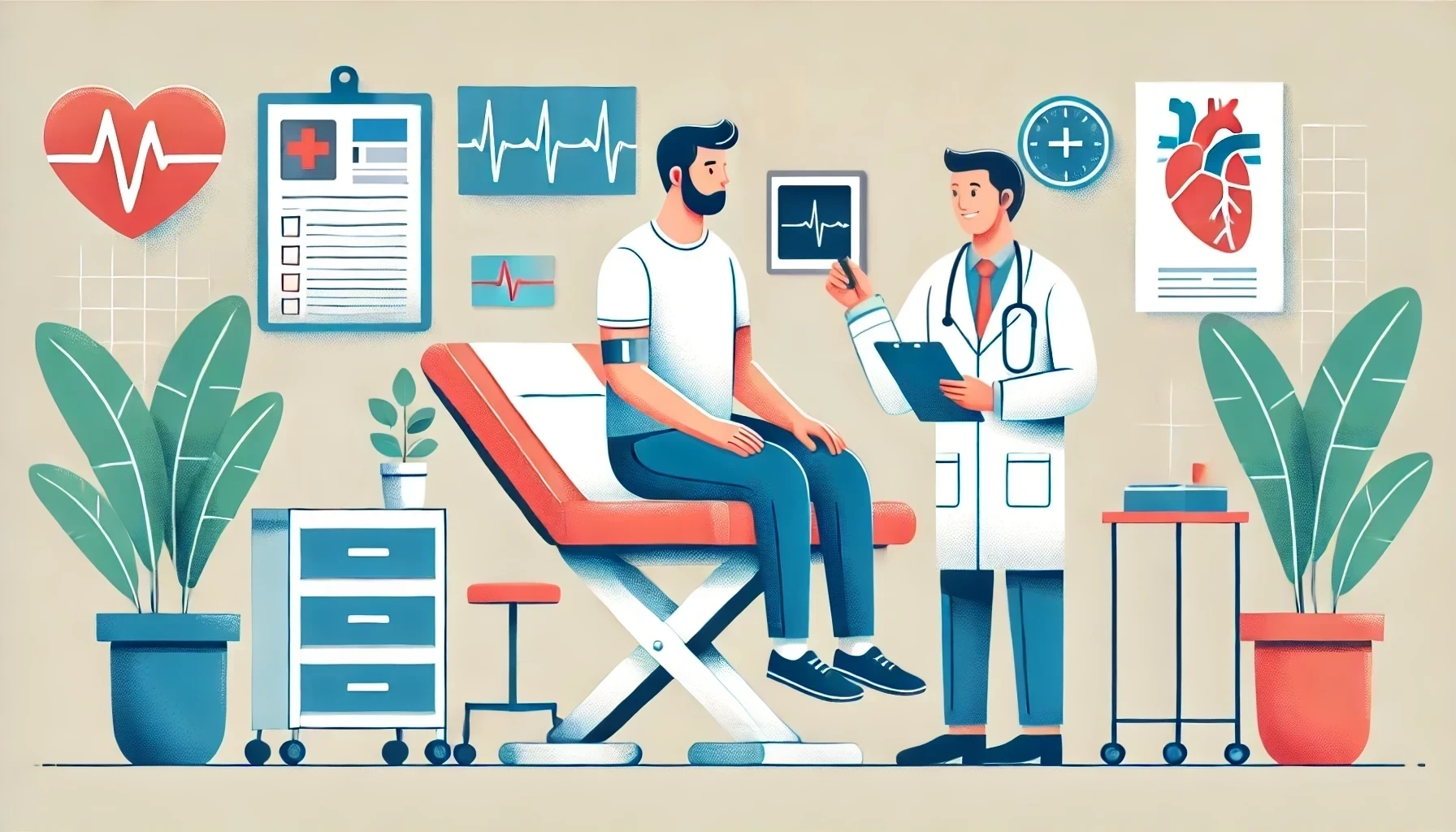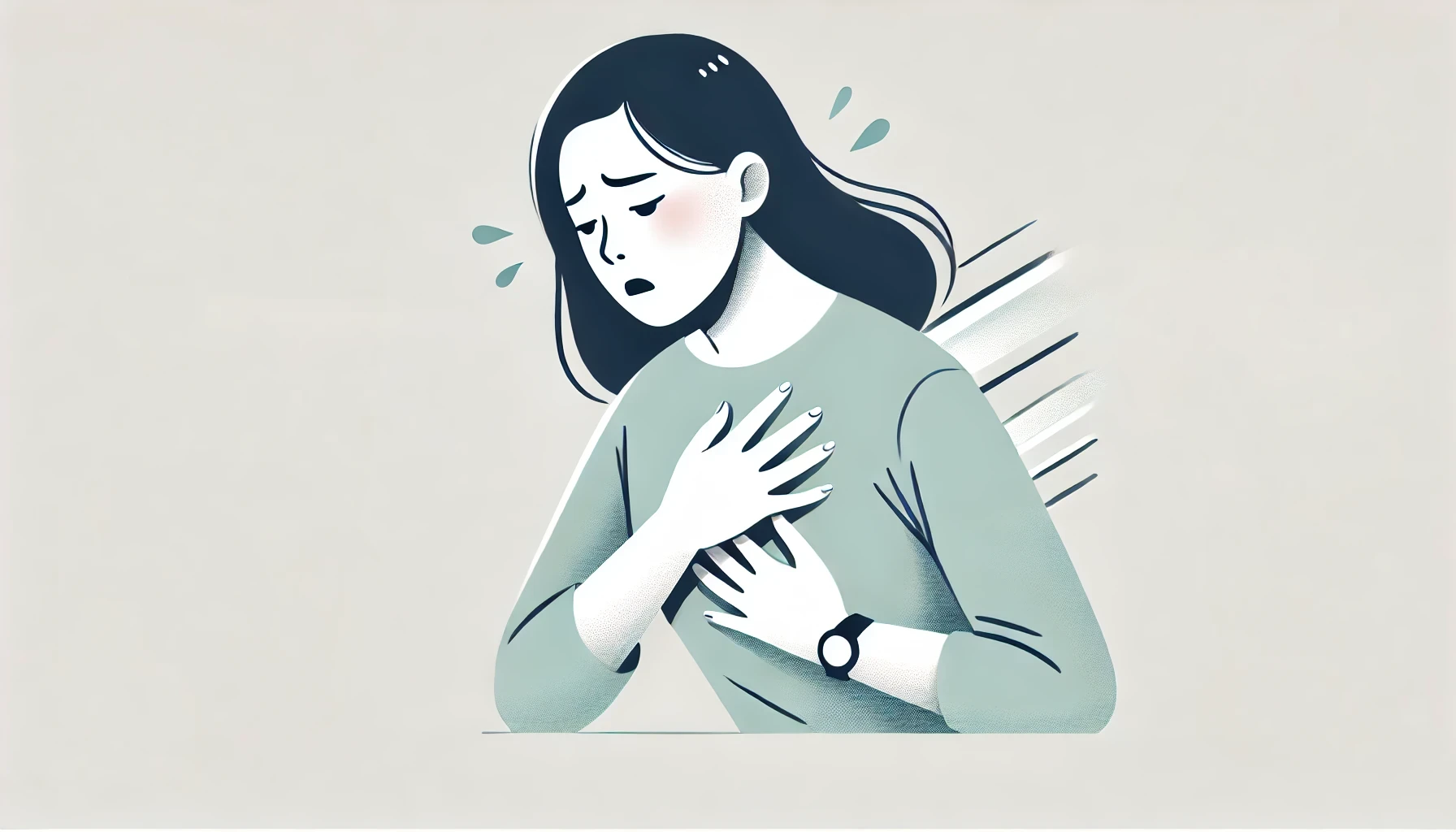Chest Pain and Discomfort
Chest pain is the main symptom of a heart attack. This pain usually occurs in the center or left side of the chest and can feel like pressure, tightness, or a burning sensation. The intensity of the pain can vary, ranging from mild to severe, and may last for several minutes or come and go. This chest pain is caused by reduced blood flow to the heart muscle due to a blockage in the coronary arteries.
Additional Symptoms
Shortness of breath and cold sweats. Shortness of breath occurs because the heart is unable to pump blood effectively, causing fluid buildup in the lungs. Cold sweating is also a sign that the body is under stress due to a heart attack. These symptoms are often accompanied by nausea, vomiting, dizziness, and extreme fatigue.
Unique Symptoms in Women
Heart attack symptoms in women often differ from those in men. Women are more likely to experience shortness of breath, nausea/vomiting, and pain in the back or jaw. These symptoms can occur without the classic chest pain, making them harder to recognize as signs of a heart attack. Therefore, it is important for women to be aware of these symptoms and seek immediate medical help if they occur.
Effective Strategies to Prevent Coronary Heart Attacks
1. Adopting a Healthy Lifestyle
Adopting a healthy lifestyle is a crucial step in preventing coronary heart disease. Some practical tips you can apply include eating healthy foods that are low in saturated fats and high in fiber, exercising regularly, and avoiding smoking. Reducing salt and sugar intake is also important to help maintain stable blood pressure and glucose levels.
2. The Importance of Routine Health Check-ups
Regular health check-ups are essential to detect heart disease early and maintain heart health. By undergoing regular screenings, you can monitor the condition of your heart and take necessary preventive steps. These check-ups may include blood pressure tests, cholesterol levels, and other screenings to track your heart’s health.
3. Managing Stress and Emotions
Managing stress and maintaining mental health are also important parts of preventing heart attacks. Poorly managed stress can raise the risk of heart attacks as it can cause an increase in blood pressure and heart rate. Some ways to manage stress include meditation, yoga, and engaging in enjoyable hobbies.
Conclusion
Overall, understanding heart attacks and their risk factors is vital for maintaining heart health. By recognizing symptoms such as chest pain and shortness of breath, and identifying risk factors like family history and unhealthy lifestyle habits, you can take the right preventive steps. These include adopting a healthy lifestyle, exercising regularly, and undergoing routine health check-ups. Remember, prevention is better than cure—so start taking care of your heart today.
For added protection, consider getting heart attack insurance from Oona, which can provide financial support in the event of a heart attack. This insurance can help you manage high medical expenses and ensure you receive the best possible treatment without worrying about the cost.



































